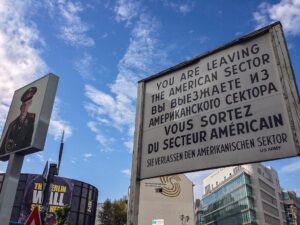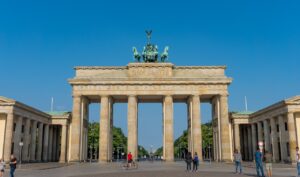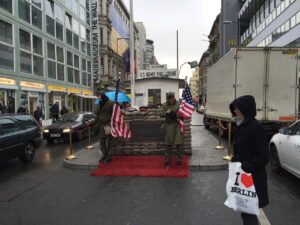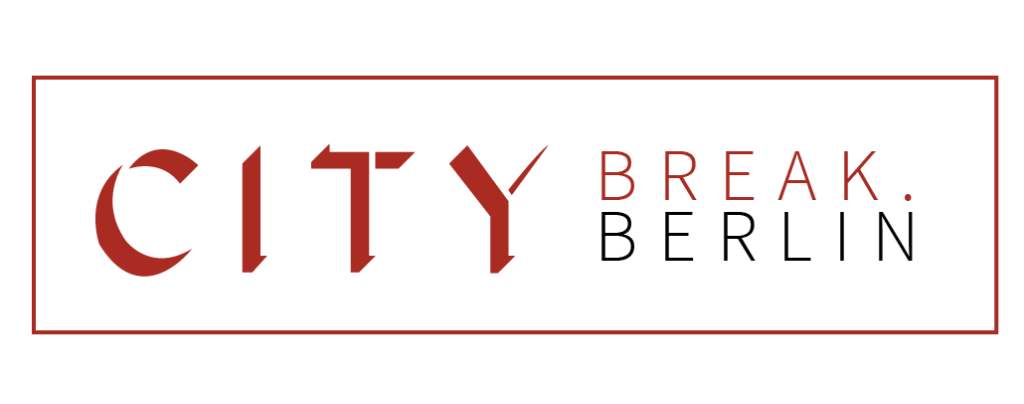Key Features
- Historical Background: Founded in 1875 as a villa district, Waidmannslust became a second home for many French citizens. The area is known for its villas and country houses, especially in the north and west1.
- Architecture: The district features a mix of villas, country houses, and some high-rise buildings built in the 1960s. The Rollberge housing estate, with over 2000 flats, is a notable modern development1.
- Landmarks: The neo-Gothic Queen Luise Church, built in 1913, is a prominent landmark. The Steinbergpark, home to Berlin’s largest waterfall, is another popular spot1.
Modern Development
- Rollberge Housing Estate: This new housing development features over 2000 flats and is designed by renowned architects like Josef Paul Kleihues and Hans Scharoun.
- Green Garden Project: An exclusive residential project with modern amenities and a natural environment. It offers spacious apartments with private gardens, balconies, and terraces2.
Tourist Sites
- Queen Luise Church: A beautiful neo-Gothic church with a jubilee fountain and enclosure.
- Steinbergpark: A popular recreation area with Berlin’s largest waterfall, cycling paths, hiking trails, and a toboggan run.
Restaurants
- Local Eateries: Waidmannslust has several local restaurants offering a variety of cuisines. You can find cozy cafes and traditional German eateries in the area.
Public Transport
- S-Bahn: The Berlin Waidmannslust station is served by S1, S26, and S85 lines.
- Roads: The A 111 motorway provides easy access to and from the district.





